- Tokyo (Shinjuku)
- Matsumoto
Adults From 4,100JPY to 4,500JPY,
Children From 2,050JPY to 2,250JPY
(Travel time: Approx. 3h 20min)
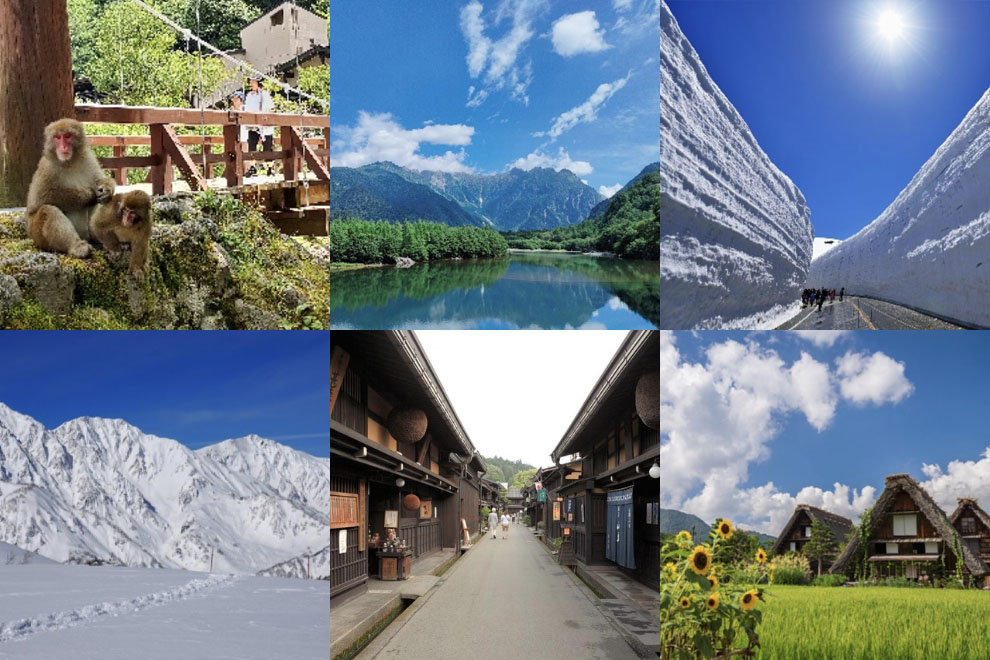
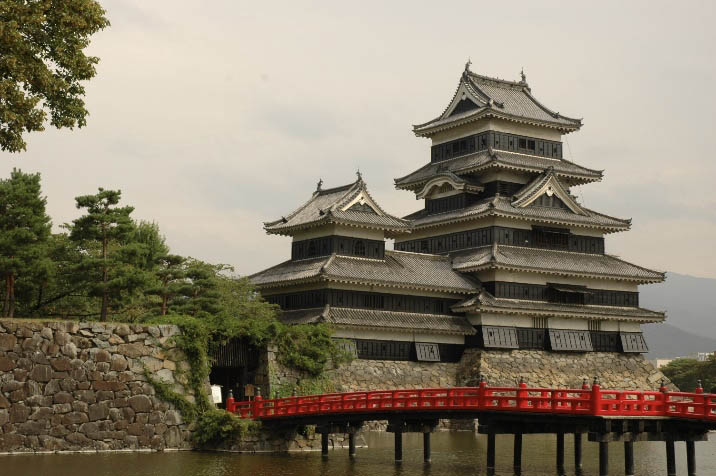
Matsumoto is a beautiful castle town with a rich history that flourished around Matsumoto Castle, one of Japan's national treasures.
It is also a cultural hotspot known for its culture and art, including classical music.
Matsumoto is a city nestled in the mountains and a transportation hub for places like Chubusangaku National Park.
Plenty of highway buses run directly to Kamikochi, Hakuba, the Tateyama Kurobe Alpine Route, and other destinations in the national park, as well as to the ever-popular Hida Takayama region, plus Shinjuku (Tokyo) and Nagoya.
Matsumoto Airport is also located on the city's outskirts, providing plane access to Hokkaido, Kyushu, and the Kansai area.
Around the Matsumoto Bus Terminal, Matsumoto Station, and Matsumoto Castle there is no shortage of hotels, plus countless restaurants, bars, cafes, supermarkets, convenience stores, and souvenir shops.
There are also well-equipped medical facilities.
For these reasons, we recommend Matsumoto as a base for exploring central Japan.
ShinjukuŌĆōMatsumoto highway buses
Adults From 4,100JPY to 4,500JPY,
Children From 2,050JPY to 2,250JPY
(Travel time: Approx. 3h 20min)
Adults From 4,100JPY to 4,500JPY,
Children From 2,050JPY to 2,250JPY
(Travel time: Approx. 3h 20min)
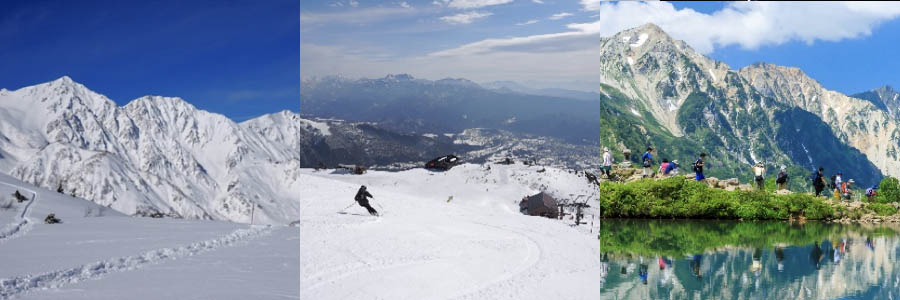
Located in the beautiful Japanese Alps, Hakuba hosted the 1998 Nagano Olympics. Since then, its popularity as a tourist destination has continued to grow, attracting travelers from around the world. Hakuba offers year-round activities, including mountain climbing, autumn foliage viewing, and skiing.
Buses operate only during the ski season
Shuttle buses also run to each ski field from the Matsumoto Bus Terminal during the ski season
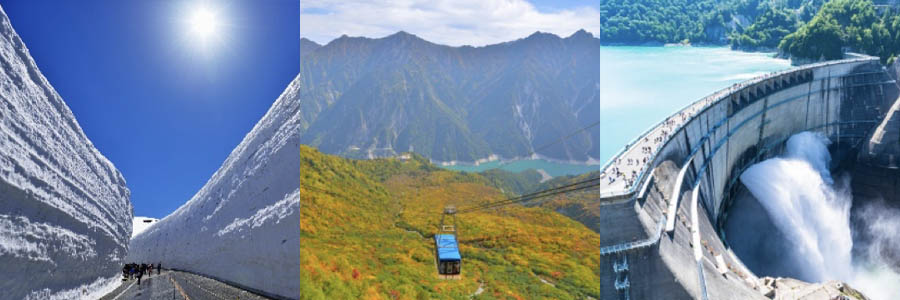
The Tateyama Kurobe Alpine Route is known as the "rooftop of Japan." It passes through the spectacular scenery of Tateyama in the Japanese Alps. Various modes of transportation allow you to traverse an altitude difference of 2,400 meters from Toyama Prefecture to Nagano Prefecture.

Kamikochi is an area of picturesque mountain scenery situated at an altitude of approximately 1,500 meters in Nagano Prefecture.
As a part of the Chubusangaku National Park, it has been designated a cultural property.
The beautiful views from Kappa Bridge that spans the crystal-clear waters of the Azusa River may be among the most sublime in Japan. Kamikochi welcomes as many as 1.5 million visitors annually.
Please note that for environmental protection reasons, Kamikochi is closed to private vehicles.
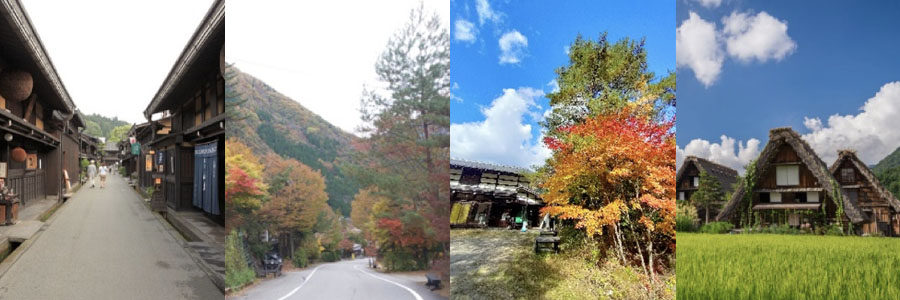
Hida (also called Okuhida Onsengo) is known as a hot spring village surrounded by the highest mountain range in Japan, the Northern Japanese Alps.
When visiting Takayama, we recommend taking a side trip to the World Heritage site of Shirakawa-go. It can be reached in 50 minutes by express shuttle bus from Takayama. Here you can admire the traditional houses and the steeply thatched roofs that were built from the mid-to-late Edo period. The nostalgic sight of the thatched roofs covered in snow will take you back in time.
To Hirayu/Okuhida
Around 90 minutes to Hirayu Bus Terminal from Matsumoto Bus Terminal
To Takayama
Around 150 minutes to Takayama Bus Terminal from Matsumoto Bus Terminal
Local buses run between the Hirayu Bus Terminal and the Takayama Bus Center. The travel time is approximately 60 minutes.
Timetable, fares, and reservations
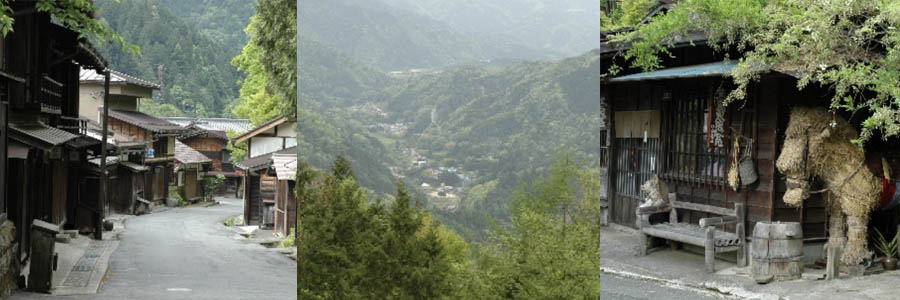
Situated along the historic Nakasendo trail, Narai-juku is Japan's longest post town. The historical townscape here is carefully preserved as a so-called Important Preservation District for Groups of Traditional Buildings.
Kiso-Fukushima is where nature and history go together. This post town retains its charm as a station on the Nakasendo, where a row of houses along the beautiful Kiso River hang precariously over the waterway. The local soba noodles in this town are also known to be delicious.
ShinjukuŌĆōMatsumoto highway buses
Adults From 4,100JPY to 4,500JPY,
Children From 2,050JPY to 2,250JPY
(Travel time: Approx. 3h 20min)
Adults From 4,100JPY to 4,500JPY,
Children From 2,050JPY to 2,250JPY
(Travel time: Approx. 3h 20min)